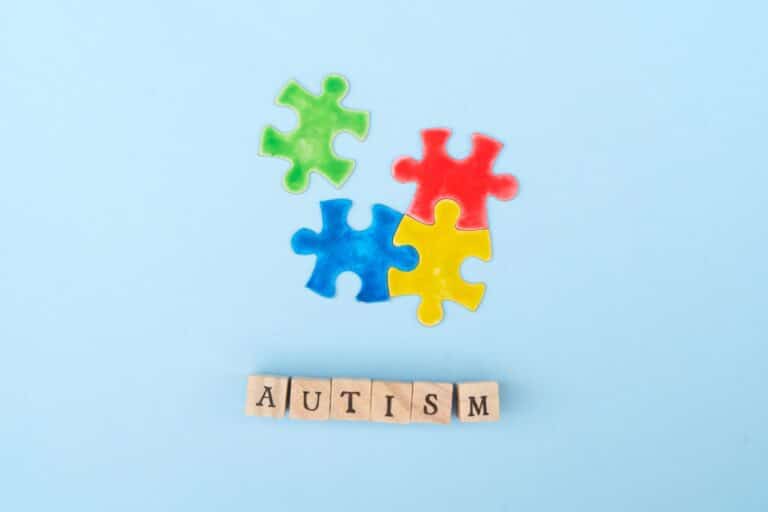In the last 10 years, the number of opioid addictions beginning with heroin went from 8.7% to more than 33%. This means that one-third of all opioid addictions started with using heroin. Considering how prevalent opioid addiction is, heroin is a major contributor to the aptly named opioid crisis.
If you suspect a loved one is using drugs, you might find yourself wondering, “What do track marks look like?” Track marks are one of the first signs of intravenous drug use. Injecting drugs is a delivery method often used for an instant rush.
This method is associated with heroin but can be used for other drugs, including cocaine, meth, ecstasy, ketamine, PCP, and other opioids. IV drug use is a known predictor of addiction.
Catching addiction early makes for a successful recovery. In this article, we’ll be discussing how to identify early signs of drug abuse and how to help a loved one struggling with addiction. So if you suspect your loved one is abusing drugs, read on.
The Risks of Intravenous Drug Use
IV drug use is prevalent because of the quick-acting effects and a very intense high. However, it carries significant risk.
Almost one-third of people who inject drugs share syringes. Sharing syringes raises the risk of HIV, hepatitis C, and other bloodborne diseases. Adult and adolescent people who inject drugs make up a staggering 10% of new HIV diagnoses.
Furthermore, due to the rapid onset of the high, it’s difficult for the user to gauge the amount of substance injected each time. This leaves people who inject drugs vulnerable to accidental overdose.
Injection drug use has also been associated with an increased risk of suicidal ideation and subsequent suicide attempts. Combining the risks of disease, overdose, and suicide, people who inject drugs are at a significantly higher risk of death.
What Do Track Marks Look Like?
Track marks look like small holes in the skin and are often the clearest drug addiction signs. They can appear in any stage of healing.
In the beginning, the small punctures look bright red or pink. A scab will form over the puncture, followed by scars. Old track marks look like white or pale pink healed scars.
The vein itself can sometimes scar too. In these cases, the vein will look darker than normal. The track marks can also be accompanied by dark bruising, so after frequent shooting up the whole area can look bruised and dark.
Poor healing and wound care is a contributor to track marks. Often, dull or dirty needles are used to inject, which increases the chances of track marks and track mark scars. They can also introduce bacteria, resulting in infection:
Where Can Track Marks Be Found?
Most frequently, they can be found on veins in the arms and hands of the person. In these areas, the veins are very visible and easy to inject into. Oftentimes, addicts will cover these areas with long-sleeved clothing to cover track marks and track mark scars.
After the arms are full, sometimes they will move to the hands because the veins are also quite visible in these areas.
Veins in the legs and feet can also be chosen, especially after the veins in the arms and hands are too damaged or collapsed to use. The veins in the legs are more difficult to access, but the feet are often easy to inject into and cover-up afterward.
Risks of Track Marks
While most of the risks of injecting drugs come from the drugs themselves, the track marks can also be associated with risks.
Infection from dirty needles and bacteria can cause bloodstream infections, requiring medical care. The infection can travel to the lining of the heart or the brain, and can potentially be fatal. An underlying infection can also result in an abscess, which often requires surgery to be drained.
Repeated use of the same veins can cause collapsed veins, restricting normal blood flow. This can cause inflammation, pain, and swelling.
Repeated injection in the same vein can lead to an accumulation of blood clots, which can lead to deep vein thrombosis, another potentially fatal complication. The blood clot can leave the vein and travel to the lungs, where it can create a pulmonary embolism. A pulmonary embolism makes breathing impossible.
Other Symptoms of IV Drug Use
If you can’t clearly identify track marks, there are still several drug addiction warning signs. If your loved one is wearing long sleeves constantly, they might be covering track marks. Alone, this isn’t enough to identify drug use, but if the rest of their behavior is abnormal, it could be something to look out for.
Weight loss is a common side effect of drug use. A lowered appetite and less money to afford food often contribute to weight loss during addiction.
Your loved one might also show behavioral changes, like mood swings, aggression, and irritability.
What to Do if You Suspect Drug Use
If you suspect your loved one has track marks and is abusing IV drugs, it’s best to create an intervention plan before confronting them. Try to anticipate the level of care your loved one will need and locate an appropriate treatment center.
They will probably have to undergo a heroin detox to remove the drugs from their system safely, without risking potentially fatal withdrawal symptoms. Following detox, inpatient therapy, and subsequent outpatient therapy is essential to address any underlying mental health issues and replace the drugs with healthy coping mechanisms.
Remember that most drug issues begin as coping mechanisms for anxiety, depression, or overwhelming stress. By replacing the drugs with therapy and group support, your loved one can enjoy a life free of addiction.
Help Your Loved One With Addiction Today
Now that you know the answer to the question, “What do track marks look like?” you’ll be able to identify drug addiction signs in your loved one as soon as possible. The sooner you recognize these signs, the sooner you can talk to your loved ones and get the help they need.It can be scary to confront a drug problem, but with your support and the care and guidance of our experts, your loved one can get a new lease on life. If you’d like to know about your options for drug recovery programs, reach out to Southern California Sunrise Recovery Center. We’re happy to answer any questions, address any concerns, and help you make the best possible plan for your loved one.






